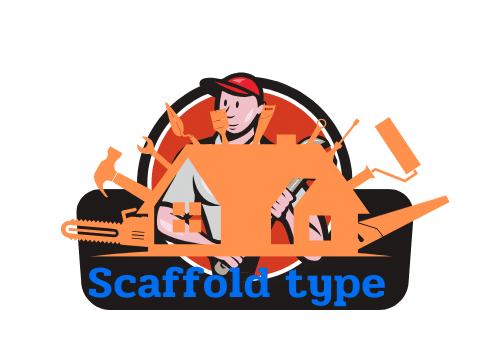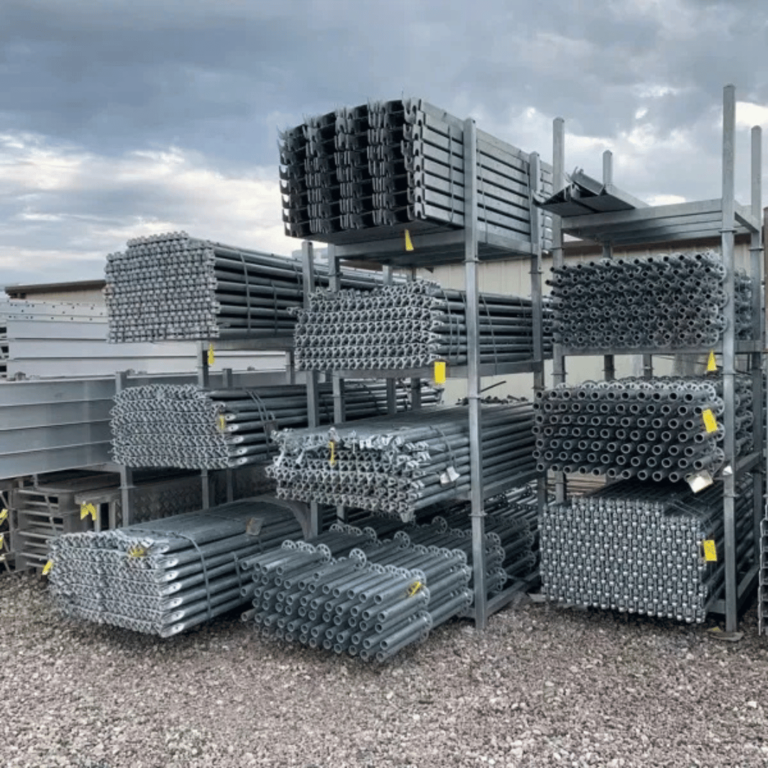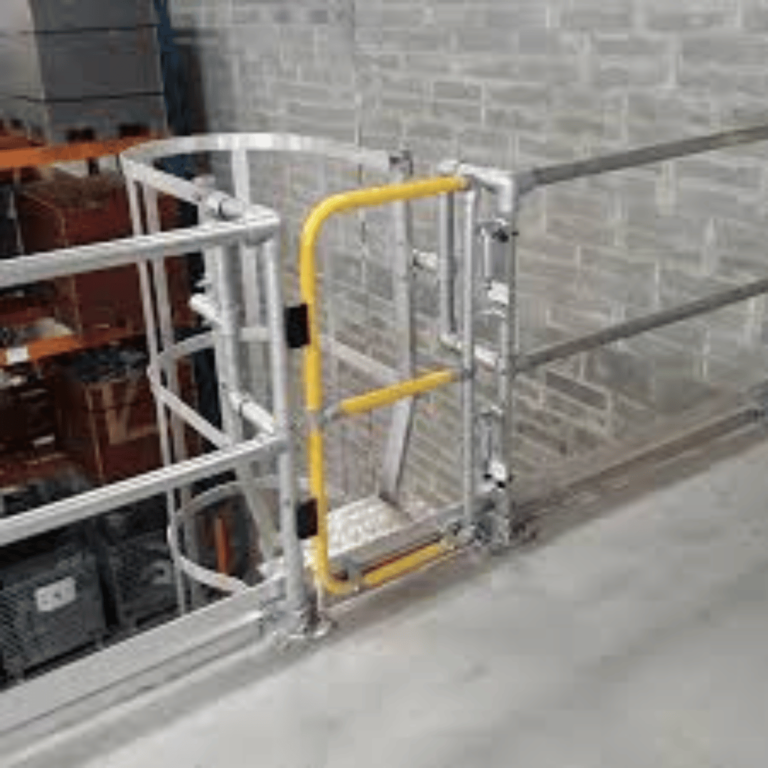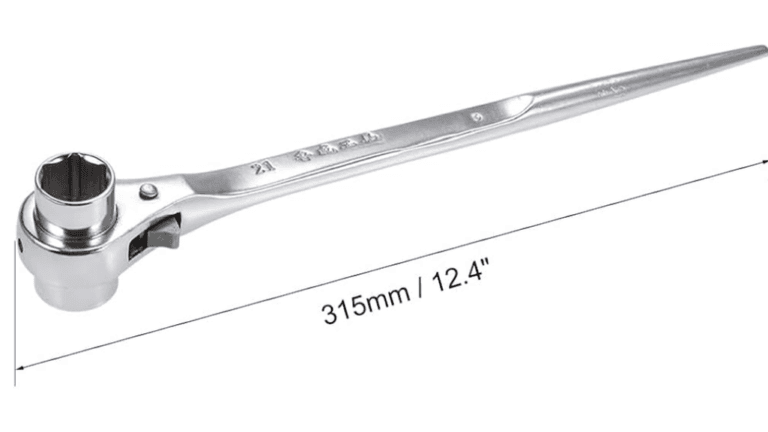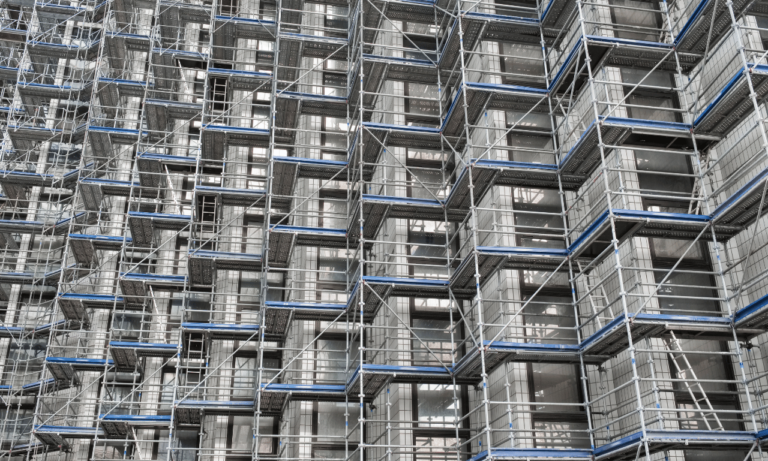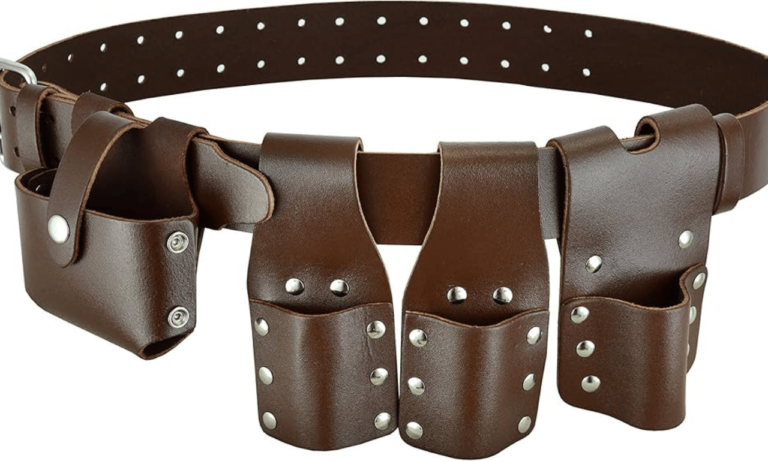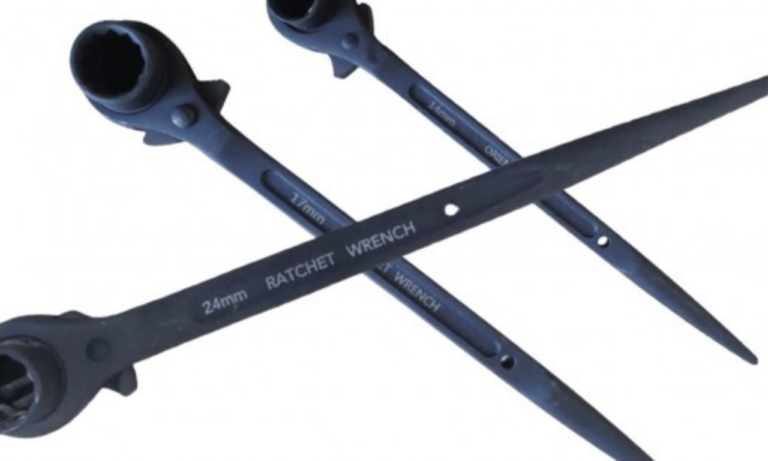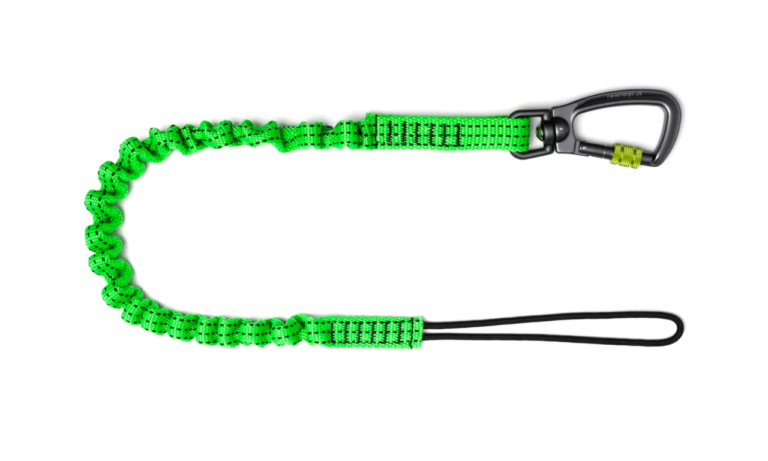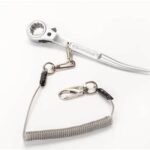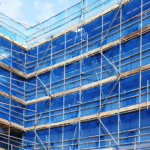Phone:
(+65)8319-0742
Working at heights requires a reliable safety harness to prevent life-threatening falls. This article covers how safety harnesses work, how to wear them, their key features, and maintenance tips.
Key Takeaways
Safety harnesses are vital for fall protection in construction, distributing fall forces across the body to minimize injury risk.
Proper usage of a full body harness, including correct adjustments and familiarization, is essential for maximizing safety during height-related tasks.
Choosing the appropriate safety harness based on specific job demands and compliance with industry standards is crucial for worker safety and fall prevention.
Understanding Safety Harnesses
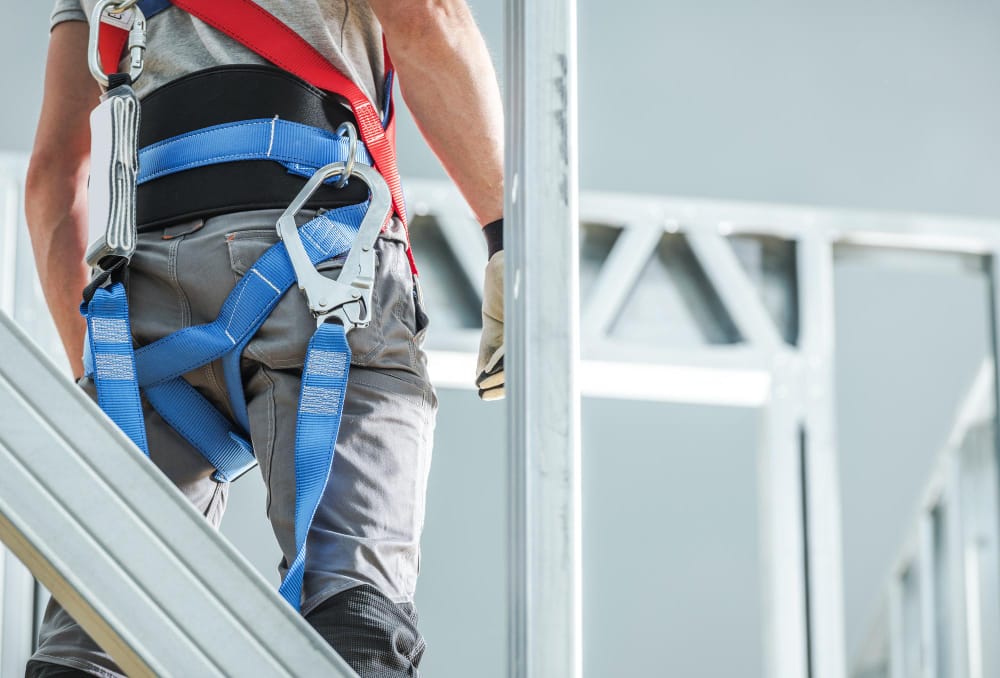
Safety harnesses are vital in protecting workers from serious injuries when they fall from elevated positions by dispersing the forces of a fall throughout the body. They are critical for survival on construction sites, where falls rank highly as causes of workplace fatalities. Harnesses offer safety by anchoring securely to a point that limits how far someone can fall, thereby greatly enhancing chances of surviving such incidents.
These devices serve primarily to shield individuals and evenly allocate the energy generated during a fall across various parts of the body. By spreading this force over larger areas like thighs, pelvis, chest, and shoulders rather than letting it focus on one area alone, they significantly reduce injury risks. Beyond individual protection, these harnesses also support rescue teams in safely retrieving those stranded at height, ensuring both rescued parties and rescuers remain safe.
In industries where working high above ground is commonplace—especially construction—the use of safety harnesses is indispensable for creating a secure work setting. Recognizing their importance allows workers and employers alike to foster safer workplaces. Investing in durable quality safety equipment alongside consistent correct usage could ultimately make all the difference between life-threatening outcomes or preventing harm altogether upon an unforeseen eventuality such as a fall.
How to Properly Wear a Full Body Harness
Ensuring that a full body harness is donned properly is essential for its effectiveness in protecting workers. Initiate by draping the harness over your shoulders as you would a jacket, while making certain all straps lie correctly. Securely fasten the chest strap to ensure it’s snug but doesn’t hinder movement. Adjust and tighten leg straps adequately to avoid slipping, maintaining comfort in doing so. Harnesses with adjustable straps offer versatility, enabling a tailored fit for various body sizes which boosts safety and increases wearer comfort.
Once clad in the harness, it’s imperative to verify that every buckle is firmly secured and that the overall fit is suitable. This verification process can prevent grave injuries if a fall occurs since incorrect fastening could be detrimental. Workers should regularly practice putting on their harnesses. Such repetition aids in building proficiency and assurance when engaging with them under actual work conditions—skills particularly vital during urgent situations where swift action may save lives.
Proper adjustment of each part of a full-body harness is key to ensuring maximal protection against falls from heights or accidents on-site—the goal being not just compliance but preparedness through routine rehearsal of proper technique—an investment into personal security during aerial tasks.
Key Features of Quality Fall Protection Harnesses
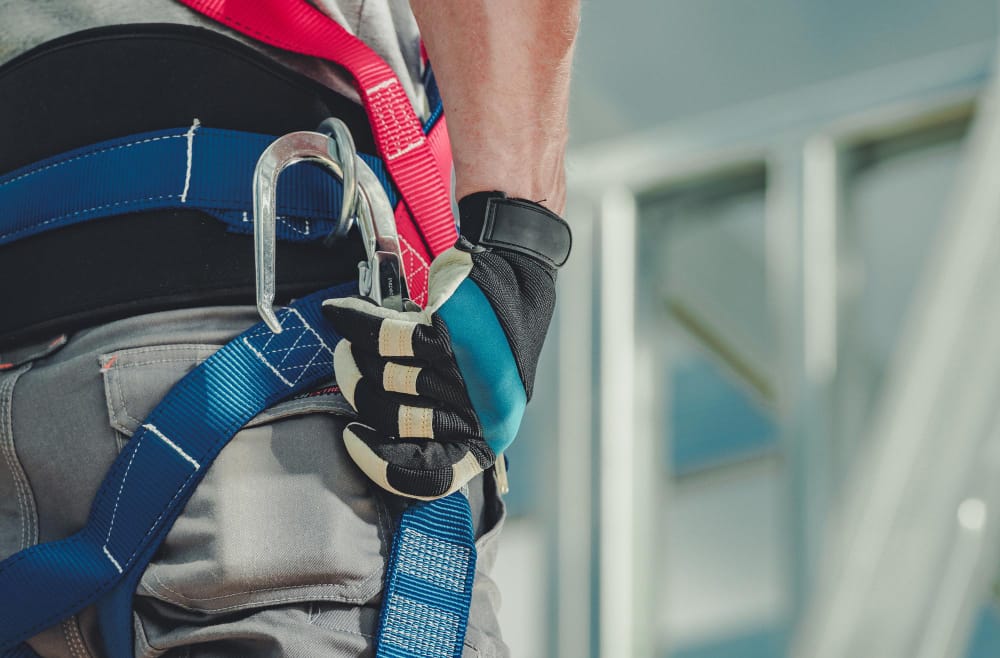
Quality fall protection harnesses are recognized by strategically placed D-rings that permit secure attachment while also ensuring the wearer’s range of motion, critical for both safety and functionality. The dorsal D-ring found on full body harnesses is integral in effectively dispersing forces during a fall to minimize injury risks.
Harnesses of superior quality come with adjustable straps that tailor the fit to the user, thereby increasing both safety and comfort levels. Durability and comfortable wear are attributes provided by high-grade materials such as polyester and nylon used in creating these safety devices. These fabrics contribute to extending the service life of harnesses, affirming them as wise long-term investments.
To enhance weight distribution and mitigate discomfort from prolonged use, additional components like gel padding can be incorporated into these systems. This reduces localized pressure or heat build-up over time. Freedom of movement is Facilitated through design elements such as lateral leg straps designed to prevent uncomfortable pinching. Altogether, these features guarantee that full body harnesses deliver crucial fall protection alongside supporting ease-of-movement and overall comfort for users in fields like construction where they become essential equipment.
Different Types of Safety Harnesses

There are multiple kinds of safety harnesses, each tailored to cater to particular activities and settings. Take the Warthog Full-Body Harness as an example. It falls under Class 3 full-body harnesses, which are crafted for fall protection in sectors like construction where there’s a heightened risk of falls. These types of equipment play a crucial role in safeguarding workers by offering dependable support specifically tuned to the demands posed by their respective tasks.
For unique scenarios such as swift water rescue operations, certain full body harness models have been conceived with custom features including extra support points and secure attachments. The distinct requirements for these situations underscore the necessity for selecting an appropriate harness that aligns with the specific environmental conditions and job functionalities involved.
An understanding of the diverse range of safety harness options equips both employees and employers with better judgment when choosing suitable fall protection gear. Committing to equipment designed for specific duties not only bolsters worker safety, but also promotes operational efficiency at any given job site.
Ensuring Comfort and Mobility
When choosing safety harnesses, it is paramount to consider the ease of movement and comfort they provide. A harness that ensures a perfect fit not only facilitates constant wear but also promotes overall safety. Incorporating features such as padded belts enhances the wearing experience, particularly for extended use, by evenly spreading weight across the body and minimizing strain.
To comfort-focused features like padding, many harnesses come equipped with dual lanyard keepers. These allow workers to neatly manage their lanyards during tasks, which contributes significantly to a clutter-free and secure work area. Harnesses specifically crafted for positioning in elevated job sites offer extra support yet still permit ample flexibility. These are especially suited for roles involving installation activities.
Securing an accurate fit is crucial both from a safety perspective and for user comfortability. Adjustable straps are instrumental in ensuring this tailored fit, allowing adaptation to various body sizes while maintaining firmness through different bodily motions. By giving precedence to both mobility and comfort in their design, these types of gear enable workers’ efficiency on jobs while lowering chances of injury due to improper equipment usage or fitting issues.
Maintenance and Inspection of Safety Harnesses
It is vital to perform routine maintenance and examinations to guarantee the dependability and effectiveness of safety harnesses. Regular checks are essential to detect any deterioration that could impair the structural soundness of the harness. Using gentle soap and water for cleansing helps avert potential damage from accumulated dirt, which can gradually weaken its components.
Ensuring harnesses are air-dried after washing, while steering clear of heat exposure or direct sunlight, preserves their durability. Storing them in an environment that is cool, dry, and isolated from harsh chemicals or heavy items prolongs their functional life. Such meticulous upkeep assures that safety harnesses stay in prime condition for reliable fall protection.
Abiding by OSHA regulations regarding the care and inspection of fall protection gear not only meets legal obligations, but also plays a pivotal role in safeguarding workers’ well-being. These protocols ensure that at all times safety equipment remains prepared for action while offering critical support against falls.
The Role of Safety Harnesses in Rescue Operations
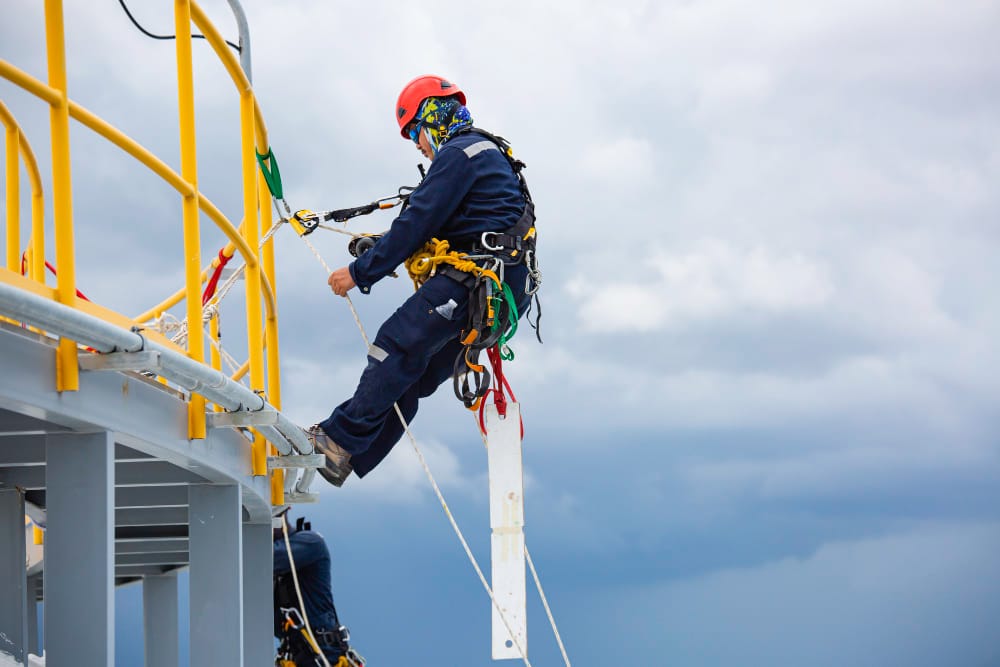
Safety harnesses are crucial during rescue missions, especially when working within confined spaces or dangerous situations. Harnesses tailored for rescues are equipped with specific features aimed at facilitating safe recovery efforts and offering vital stability and support to those performing the rescue.
Harness use is paramount in safeguarding both rescuers and individuals being rescued as they navigate through perilous retrieval actions. These safety devices can endure the rigorous demands of such operations, thereby increasing the efficacy and safety of these critical moments.
Integrating these protective harnesses into emergency strategies significantly enhances response measures while prioritizing responder welfare. Safety harnesses stand out as an essential element in any successful rescue mission by providing indispensable protection and assistance for efficient extractions and enabling personnel to safely await Rescue if necessary.
Choosing the Right Safety Harness for Your Job Site

When choosing the appropriate safety harness, it is vital to take into account the particular requirements and dangers associated with your job. There are various designs of harnesses tailored for unique safety needs. Thus, selecting one that aligns with the specific conditions of your workplace is important. Consider factors like how many D-rings you need and where they should be placed to meet the demands of your job.
Adhering to industry standards and regulations set forth by bodies such as OSHA is imperative when picking out a safety harness. It’s essential that the material of the harness stands up to environmental challenges found in your work setting, promoting both worker protection and equipment durability. Properly chosen and utilized harnesses play an instrumental role in amplifying worker security and mitigating fall risks.
Regular inspection and upkeep guided by OSHA recommendations guarantee that fall protection gear stays effective and up-to-date. The process of electing an apt safety harness constitutes a fundamental measure toward fostering a secure workplace while safeguarding employees from potential injuries due to falls.
Summary
Safety harnesses are an indispensable part of working at heights, offering protection and peace of mind in various high-risk environments. From understanding the different types of harnesses and their specific uses to ensuring proper wear and maintenance, each aspect plays a vital role in worker safety. By choosing the right harness for the job, prioritizing comfort and mobility, and adhering to maintenance protocols, employers and workers alike can significantly reduce the risk of fall-related injuries. Remember, a well-chosen and maintained safety harness is not just equipment—it’s a lifesaver.
Frequently Asked Questions
How often should safety harnesses be inspected?
Safety harnesses should be inspected before each use and thoroughly examined at least once a year by a qualified individual to ensure maximum safety.
Can I wash my safety harness in a washing machine?
No, safety harnesses should not be washed in a washing machine; instead, they should be cleaned with mild soap and water and air-dried to preserve their integrity.
What is the purpose of a dorsal D-ring on a full body harness?
The dorsal D-ring of a full body harness plays a vital role in ensuring safety when working at elevated levels by distributing the body’s weight during a fall, which helps to reduce the likelihood of injury. This feature is specifically designed for this purpose within the harness system.
Are all safety harnesses the same?
Not all safety harnesses are the same; they are tailored for specific tasks and environments, making it crucial to select the appropriate harness for your job.
What features should I look for in a quality fall protection harness?
A quality fall protection harness should include strategically placed D-rings, adjustable straps, high-quality materials, and comfort features such as gel padding and lateral leg straps to ensure safety and comfort during use.
